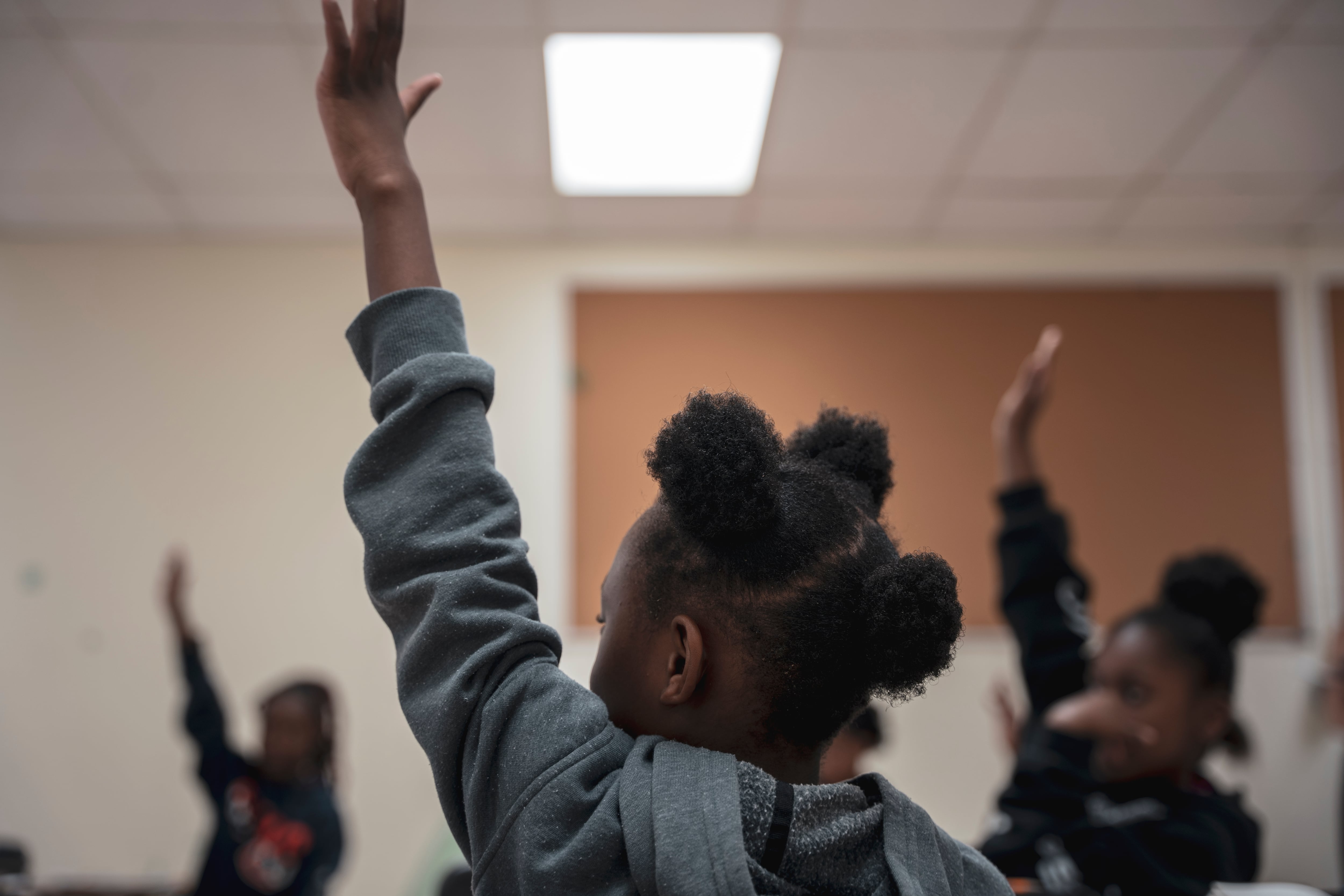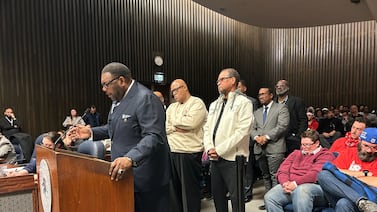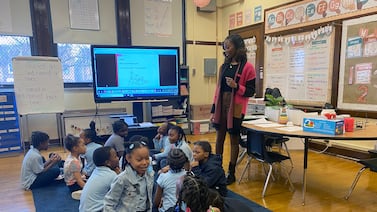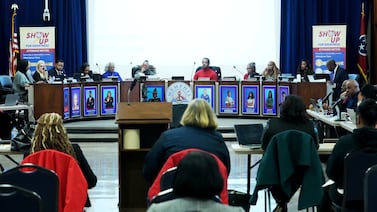As a Black high school student in Newark, Michelle Ametekpor remembers feeling as if her culture wasn’t being celebrated.
Jennifer Garcia, a Latina who attended a majority-white school in Middlesex, didn’t see teachers who reflected her cultural background.
And Jeremiah LaPorte, a senior at an Elizabeth high school, says he wishes he would see more diversity among students in school leadership positions.
The three students shared their experiences of going to public schools in the state at a virtual town hall on Friday. They remember “feeling lost” and “having to fight” to make their voices heard.
The New Jersey Coalition of Educational Equity organized the discussion in anticipation of a much-awaited ruling on a school segregation lawsuit that could have historic consequences for the state’s public schools. The lawsuit, filed in 2018, says the state is responsible for addressing the fact that more than half of Black and Hispanic or Latino students attend schools that are predominantly non-white.
“Our goals are to create a more safe and inclusive and supportive environment where all students can thrive and properly prepare for their future,” Val Posso, a youth organizer for the Latino Action Network Foundation, one of the organizations leading the lawsuit, said during the town hall.
New Jersey, one of the most diverse public school systems in the country, is also the sixth most segregated state for Black students and seventh for Latino students, according to a 2017 UCLA Civil Rights Project study that’s cited in the lawsuit.
Additionally, a recent Chalkbeat Newark analysis of the city’s school demographic data found that Latino students, who are increasing in number annually in Newark Public Schools, are starkly underrepresented in the district’s teaching staff.
“New Jersey can no longer be the state for some, it must be the state that provides education for everyone,” said Tom Puryear, education chairperson for the National Association for the Advancement of Colored People in New Jersey, one of the organizations also leading the lawsuit.
Students feel frustrated with public school districts
At the town hall on Friday, Ametekpor, a recent graduate of Essex County’s Donald M. Payne School of Technology, said she “felt frustrated” in high school because she had to turn to community-based organizations to help her get to college after seeing her guidance counselors “overworked” during college application season.
Her school, located in Newark’s West Ward, was mainly made up of Hispanic students and she felt as if there were more events targeted at celebrating Hispanic and Latino culture, Ametekpor said.
“I just wished there was more institutional support, especially for the African American students at my school, to help them be celebrated and have their heritage on display,” she added.
Even when she brought issues to administrators or the county school board, she remembers feeling “like I wasn’t heard” and recalls administrators “dragging their feet” to solve the problems. She learned to become an advocate for herself due to her persistence in raising issues affecting Black students, Ametekpor added.
Garcia, a sophomore at Seton Hall University and a Colonia High School graduate, had a similar experience as a first-generation Latina college student. Garcia said she went to a majority-white school in Middlesex and remembers feeling intimidated by her peers.
She felt as if they had an upper hand because of family members or siblings who had already gone to college and knew the system. She also felt as if there weren’t enough Hispanic or Latina teachers who could relate to her experience.
“I felt like I was lost,” Garcia said. “But I know that my other peers had an upper hand against me, and I feel like it just misled me going into college.”
The last time she felt comfortable at school was in elementary school when she was part of a more diverse student body that included Hispanic, Black, and South Asian students that she also learned from, Garcia added.
Laporte, a senior at JVJ STEM Academy in Elizabeth, doesn’t see as many Black and Latino students being involved in after-school clubs. He’s currently the president of the school’s honor society, a club with a majority of white students, said Laporte, who struggles to integrate more diverse cultural representation into his club.
“It’s not just the school itself, it’s the breakdown, it’s the leadership, it’s the way we allocate our resources,” Laporte said.
Local leaders discuss potential solutions
Peter Rosario is the president and CEO of La Casa de Don Pedro in Newark, an organization aimed at empowering people of color in local communities. Rosario says changing school districts into countywide school districts could be one way to integrate students into school and create more funding opportunities for student resources.
“Basing educational funding on your local taxes keeps us segregated as a state and as a people,” Rosario added.
For Leah Owens, former educator and founder of Just Writing, which provides educational and small business consulting, the key to creating more cultural school environments is to “create a system of care” throughout public schools.
She feels schools focus on outcomes and test scores but don’t invest in “the whole person” and issues that affect students’ social and emotional learning. By teaching in a culturally responsive way, students will feel more engaged and connected to their peers, Owens said.
“We have assets in communities of color that do not get reflected in the school buildings themselves,” Owens added. “And if we were to take the cultural practices and utilize them, we would see more positive both academic and social outcomes for our children.”
Puryear of the NAACP-NJ added that “it’s up to the community and the youth” to demand more resources and ultimately, change in their schools. He believes the current segregation lawsuit before the state “is the key factor” in desegregating schools and having a more equitable school system.
The lawsuit, Latino Action Network, et al. v. State of New Jersey, was last argued before Superior Court Judge Robert Lougy in March of 2022. The parents and guardians of nine Latino and Black children and one white child from Highland Park are also plaintiffs in the lawsuit.
The Statewide Coalition of Educational Equity is made up of the NAACP, Latino Action Network, Urban League of Essex County, People’s Organization for Progress, and other voices throughout New Jersey.
Jessie Gómez is a reporter for Chalkbeat Newark, covering public education in the city. Contact Jessie at jgomez@chalkbeat.org.





